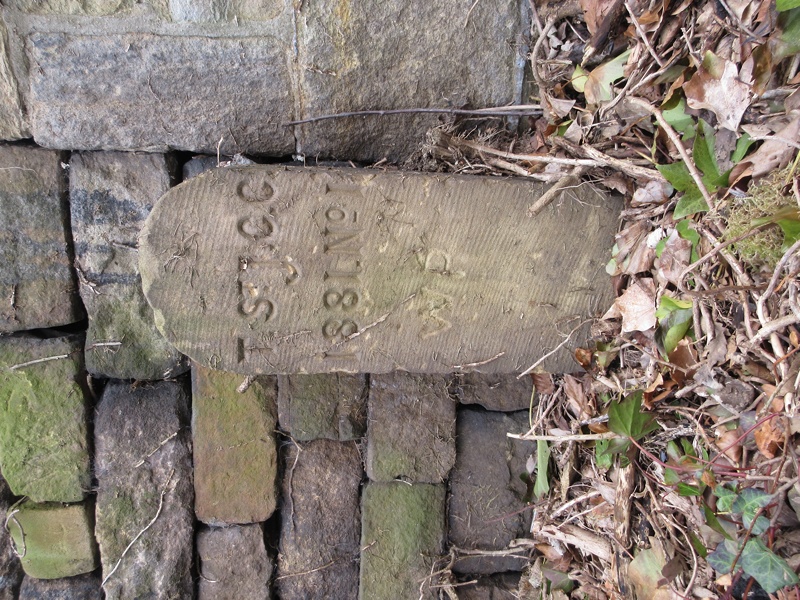There are several Thorpes in Yorkshire, but this is about one on the road between Triangle and Ripponden near Halifax. It’s not really a place, more just a house (now a bed & breakfast) and a mill (now apartments) – and, for less than a century, a church. Thorpe House was lived in by Frederick Rawson, a woollen manufacturer who owned the mill next-door and had the church built.
There were already old-established churches in Ripponden and Sowerby, both just over a mile away, and in 1848 a church, St Mary’s, was opened at nearby Cottonstones to serve the population of Mill Bank. This had been built with money left in the will of Ellen Hadwen, who died in 1842. She was a member of a family of cotton-spinners who owned various mills (not all surviving) at Kebroyd, just along the road from the Rawsons of Thorpe.
Despite all these, and perhaps out of local rivalry, Rawson decided to finance and build his own church, dedicated to St John the Divine, on land slightly nearer Triangle. He died in 1879 with the church not quite finished, but the work was continued by his widow Harriet and the church was consecrated the following year. It seated 300 people, and a Sunday School was built alongside for 200 children.
This being the Church of England all new church-building had to be authorised by the monarch, and announced in the London Gazette, the official record. The Thorpe St John Consolidated Chapelry (so-called because it was created out of more than one existing parish) was listed, with a detailed schedule of its boundaries, in the issue of 6th September 1881 – this despite being already built and functioning.
The boundaries of the Thorpe chapelry refer to two boundary stones, both of which still stand. From Kebroyd the boundary reaches “the eastern boundary of the buildings and premises called or known as Dean House and extending thence northward to and along the said wall or fence for a distance of eleven chains or thereabouts to a boundary-stone inscribed ‘T. St. J. C. C. 1881. No. 1’ and placed at the northern end of the same wall or fence on the southern side of Dean-lane”.
Skirting Mill Bank it then reaches a point “at or near to the junction of Birks-lane, Helm-lane, and Bowood-lane and extending thence north-eastward along the middle of the last-named lane for a distance of fifteen chains or thereabouts to a point opposite to a boundary-stone inscribed ‘T. St. J. C. C. 1881. No. 2,’ and placed on the south-eastern side of the said last-named lane at a distance of exactly four chains to the north of the junction of the same lane with Green-lane”.
The first stone, on Dean Lane, is just outside no 7, Saw Hill, and has recently (Autumn 2020) been cleared of the ivy which had hidden and presumably protected it. It is in very good condition. The second, on Bowood Lane, is about ½ mile north of Mill Bank, on the right-hand side of the road, built into a wall and now somewhat eroded.
The population of the area covered by the new church was not large, and it must have always struggled to have a viable congregation. In 1917 it suffered a disastrous fire and was rebuilt. In 1941 it became part of an amalgamated parish with the Cottonstones church, but was finally closed in 1968 and demolished in 1973.
Sources: Albert Senior: St John the Divine, Thorpe: souvenir of the Jubilee, Sept 20th 1930 (published 1930); London Gazette, 6 September 1881 (available online); Malcolm Bull’s Calderdale Companion (website)
RWH / April 2021

